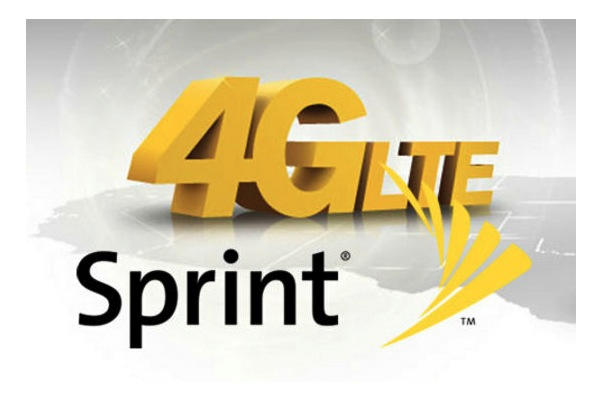
I’ve been using a Euro-spec Samsung Galaxy S as my phone for just over three weeks now, and first impressions are good. Since a full review of the Samsung Vibrant has already been done on this site, I see no point in doing a full review of the Euro Galaxy S. They are almost exactly the same phone, and so it would be pointless to review a device twice. However, I wanted to do a quick overview of how the European Galaxy S differs from its American siblings.
1. Name and Carrier Branding
T-Mobile has the Vibrant. AT&T has the Captivate. Verizon has the Fascinate. Sprint has the Epic 4G. And, as I have covered before, there is only one model of Galaxy S phone sold in Europe. Its model number is i9000, and no matter which carrier you look at, no matter which country you are in, it will always be known quite simply as the Samsung Galaxy S. In addition, at least in my case, there is no carrier branding on the phone, or for that matter, on the packaging. I have the T-Mobile UK version of the phone, yet in stark contrast to any Vibrant, there are no T-Mobile logos to be found anywhere. I’m not even entirely sure that the phone is carrier locked. Phones sold on other carriers may be different, but in my case, my phone just looks like an unlocked Galaxy S.
2. Look and Feel
The look and feel of the European Galaxy S can be most closely compared to the Vibrant. In fact, the only real difference between the Euro Galaxy S and the Vibrant is the set of Android control keys. The Vibrant, or for that matter, any American Galaxy S phone, has 4 capacitive touch buttons below the screen. The Euro SGS has three buttons. Two are capacitive touch (the menu button, which can be held down to act as a search button, and the back button), while the home key is a physical button slap bang between the two touch buttons. Personally, I prefer having this physical button. Apart from that, and some minor differences on the back panel, it looks and feels like a Vibrant, which is to say, not exactly like a flagship phone. If you want to own a Euro SGS, welcome to the world of a cheap plastic back panel. I seriously recommend getting some sort of a case for it.
3. Software
Just like the USA phones, the Euro SGS runs TouchWiz 3.0 on Android 2.1. However, the lack of carrier branding that I have previously mentioned extends to the software side of things as well. Unlike the Epic, the Captivate, and the Vibrant, the Euro SGS effectively runs a “stock” version of the TouchWiz software. As far as I am aware, regardless of which carrier you get the Euro SGS on, the software will always look the same. In my case, on T-Mobile UK, the only pre-installed applications are the ones that Samsung installs by default, such as Layar and Aldiko. There is no “Web n’ Walk” application like there was pre-installed on my G1. This is a good thing, because many people will not use their carrier applications.
4. The Problems
You remember that GPS glitch? And the menu lag? They’re all to be found in the Euro SGS. But honestly, neither of them bother me too much, and using the latest leaked firmware (JM1) seems to fix both of them at least partially.
5. The Conclusion
The i9000 is, at its core, just like any other Galaxy S phone. Sure it doesn’t have “Avatar” preloaded like the Vibrant, and it doesn’t have the physical keyboard of the Epic 4G, but I don’t care, because it’s still my perfect device.









